At first I thought Nicola Sturgeon was wielding a sledgehammer to smash her way to an independence referendum.
Now I think it might be a large spade.
Especially if she inadvertently ends up digging a hole for herself – and the fragile piece of political engineering she has created (designed to get her own way at last over independence) disappears down it.
It’s a high-risk strategy where the first advance towards her target is expected to grind to a halt in the courts. Or turn into complete farce later if pro-union parties and supporters refuse to play ball with Ms Sturgeon’s new game rules.
But assuming the real battleground is a couple years ahead at the next general election then we are in familiar territory.
The SNP has already paved the way in this respect with relentless propaganda over last year’s Scottish parliamentary elections delivering a “significant mandate” for a new referendum.
There is a distinct whiff of desperation
It’s utter nonsense, of course, but underlines the necessity for clear ground rules if the next general election is redefined as a quasi-referendum. Assuming that anyone other than the SNP wants anything to do with it, of course.
The problem is that up to now they have only been counting election seats won by the party last year to lay claim to a so-called “overwhelming mandate”. Had they conveniently forgotten that the only way of drawing conclusions over a proper referendum was by counting each individual vote? That is, one person-one vote. Counting seats was meaningless and misleading.
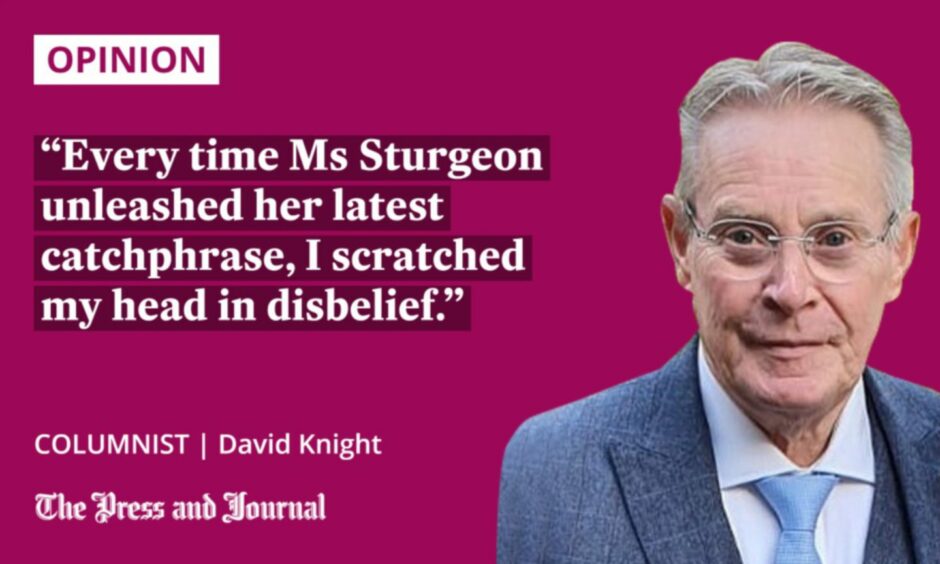
There is a distinct whiff of desperation about all this.
Ms Sturgeon was compelled to feed her impatient troops raw meat to avoid being skewered by her own side like Julius Caesar, metaphorically speaking. It’s not as if the country is rising up as one behind her, which would normally be essential when making such a high-stakes gamble.
I don’t need to leaf through Sun Tzu’s Art of War to know generals go into battle when the odds are stacked in their favour. I argued before the 2014 vote that polling results of more than 60% in favour of independence over a prolonged period were essential before risking a referendum battle. Now even odds of less than 50-50 seem acceptable.
Is there even a proper mandate for an independence referendum?
Despite surges in support for independence post-Brexit, it slipped back again amid Covid, the cost-of-living crisis and threat of world war. So nothing much has changed in the balance during a decade of division: the “yes” vote hovers around 45%.
Everyone must know by now that if you say something often enough people start to believe it; it’s the basic law of rhetoric. But every time Ms Sturgeon unleashed her latest catchphrase, I scratched my head in disbelief.
The first minister claimed the moral high ground: she had a “significant mandate” to demand another referendum vote. It was a mandate-mantra meant to signify cast-iron support from the nation.
For a start I don’t think it’s significant; come to think of it, I am not sure it’s even a proper mandate.
In his most famous civil rights speech Martin Luther King repeated the phrase “I have a dream” 10 times. It was to make sure it took up permanent residence in the minds of everyone who heard it. He also said “let freedom ring” nine times and “the time is now” four, for good measure. I’m indebted to my yellowing old copy of the Oxford Union Guide To Successful Public Speaking for this fascinating detail.
So I can see why Ms Sturgeon milked “significant mandate” at every opportunity: the justification was that the SNP won more seats than any other single party in the 2021 Scottish parliamentary elections.
Nicola Sturgeon’s wishful thinking
But this does not equate to an overwhelming pro-independence vote.
The SNP vote share – based on the actual headcount of individuals and not seats won – was less than 48% of first-past-the-post votes, compared with more than 50% for pro-Union parties.
Under pressure, the day after last week’s announcement, Ms Sturgeon and John Swinney rowed back over how a pro-referendum conclusion would be drawn from the next general election. They said it would be based on achieving more than 50% of the votes – not seats. Applying the same logic to the last Scottish election means they must surely now withdraw misleading “significant mandate” claims they have been making.
It’s not only me urging caution.
Esteemed election expert Professor Sir John Curtice was quoted the other day as saying the latest voting figures showed Ms Sturgeon’s position on independence was “as strong, or as weak” as Boris Johnson’s on Brexit after his 2019 general election win.
Note size of the Scottish sample. https://t.co/SH8mpZ2L6y
— What Scotland Thinks (@WhatScotsThink) July 1, 2022
In other words, it could just as easily be argued that she had a rather “insignificant mandate”.
Such important matters of state must rest on something more substantial than a mere souffle of wishful thinking.
David Knight is the long-serving former deputy editor of The Press and Journal
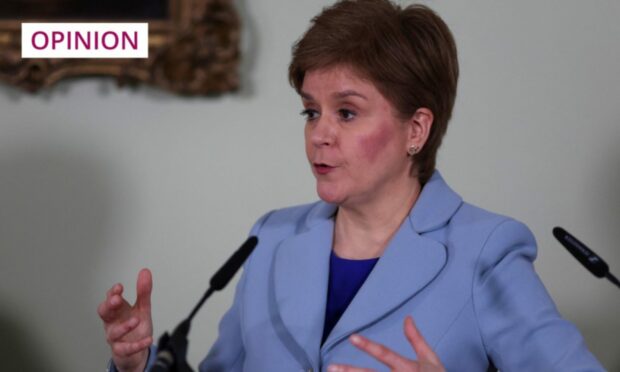



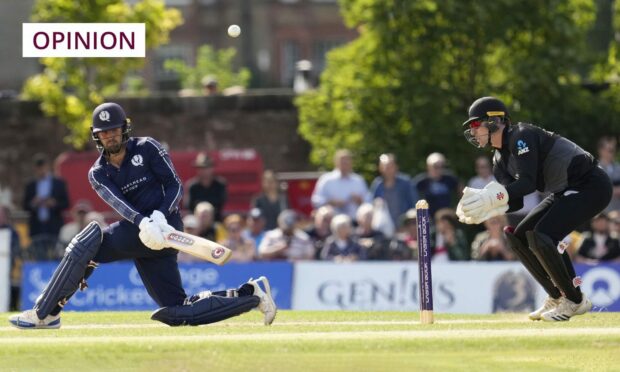
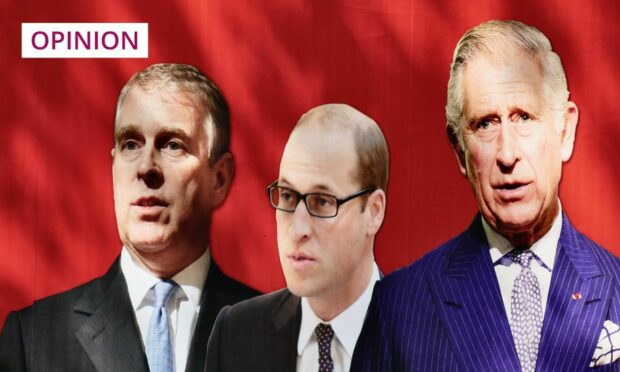
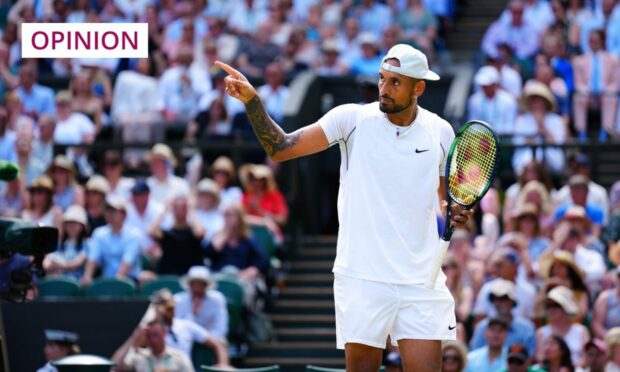










Conversation